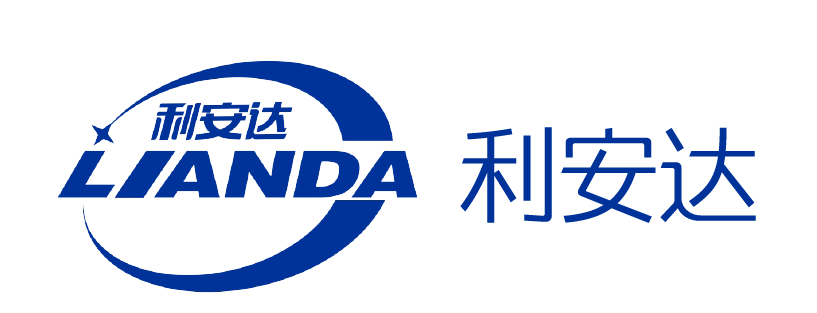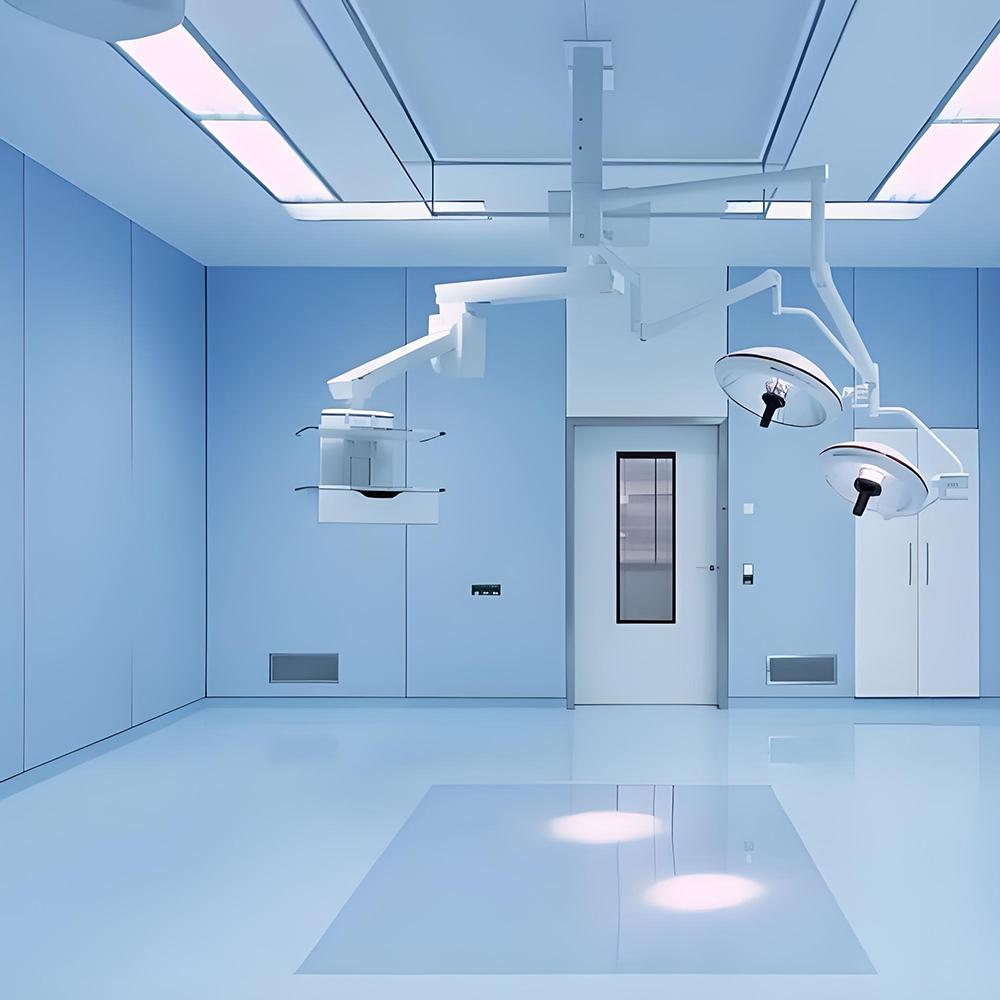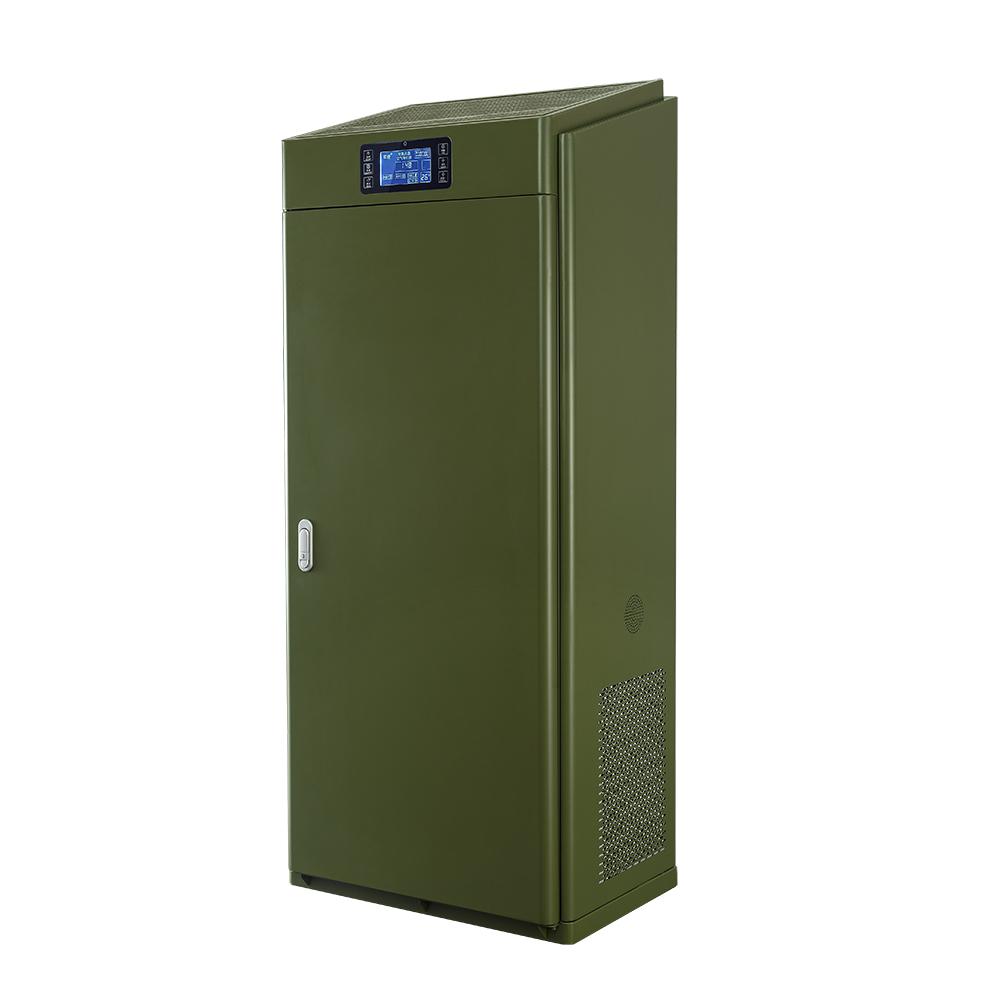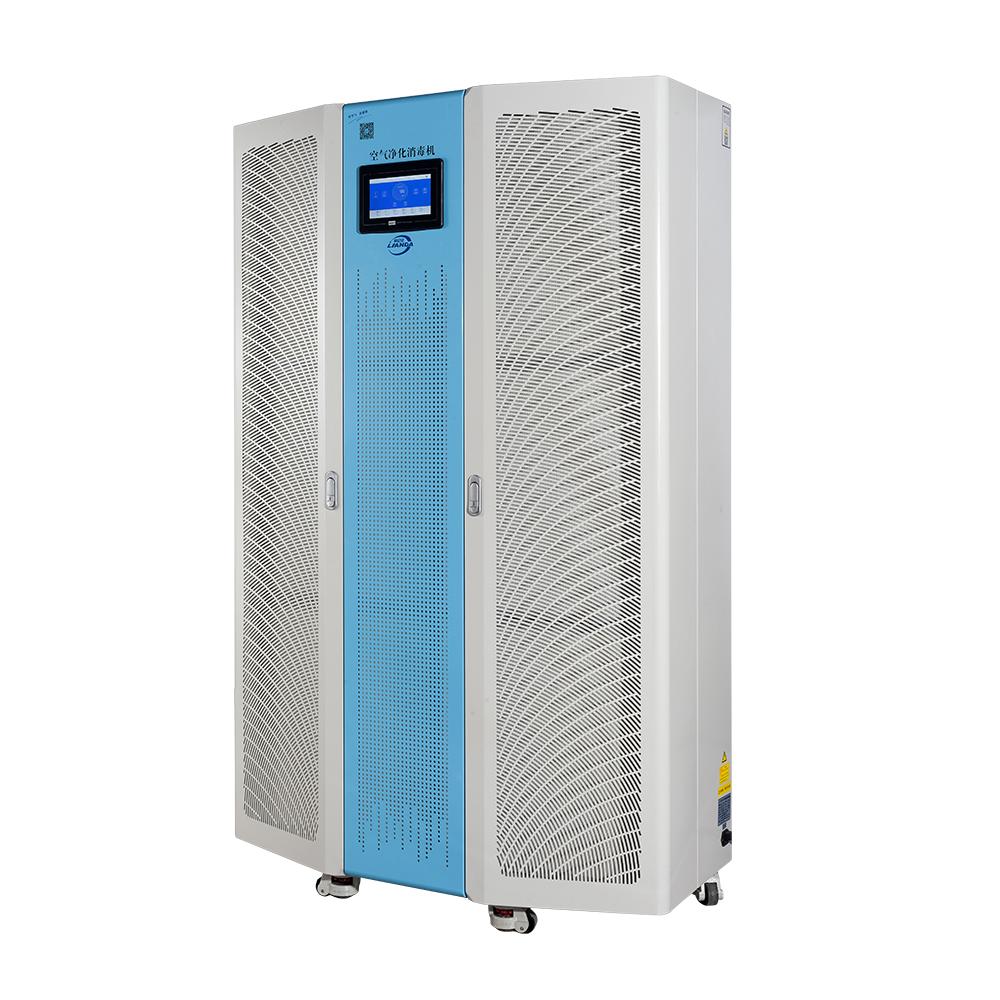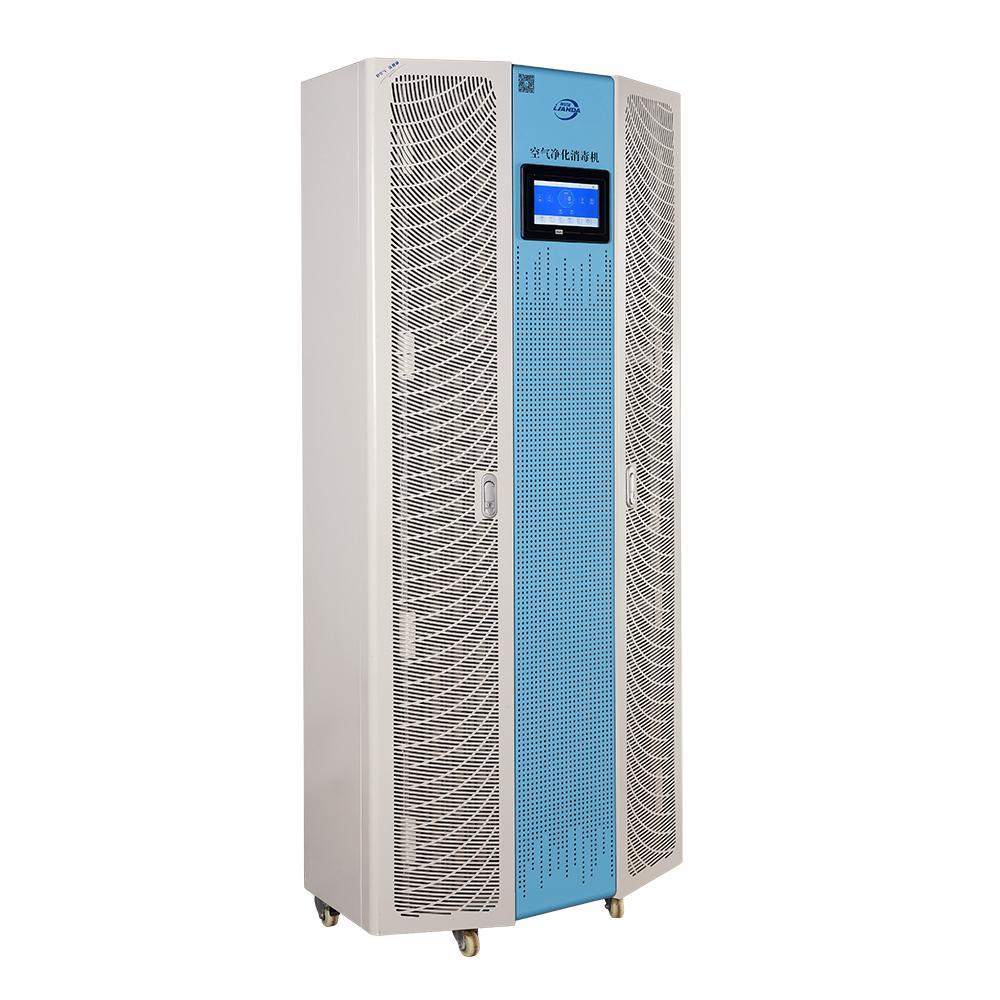Air sterilizer: essential technology under global health trends, protecting breathing safety
——Full analysis of market insights and technological innovations in 2025
With the improvement of global health awareness and the intensification of environmental pollution, air sterilizers have become indispensable health guardians in homes, medical institutions, offices and even public transportation. Especially after the COVID-19 epidemic, people's attention to air quality has reached an unprecedented level. Today, we will combine the latest technology trends, market data and consumer demand to analyze the core value and future development direction of air sterilizers.
Ⅰ. Global hot spot drivers: health crisis and surge in demand for air purification
1. Long-term impact in the post-epidemic era
The COVID-19 epidemic has not only changed public health strategies, but also promoted the popularization of air sterilization technology. Studies have shown that the spread of viruses in the air is one of the important ways of infection, and air purification equipment equipped with high-efficiency filtration and disinfection technology has been proven to significantly reduce viral loads. For example, air sterilizers produced by Dongguan Lianda Environmental Technology Co., Ltd. were widely used in hospitals during the epidemic, effectively reducing the risk of cross-infection in confined spaces.
2. The relationship between air pollution and chronic diseases
Frequent wildfire smoke, industrial waste gas and indoor VOCs (volatile organic compounds) in many parts of the world have exacerbated the risks of respiratory diseases and cardiovascular health. The latest research in 2025 pointed out that people who are exposed to PM2.5 pollution for a long time have a significantly increased risk of asthma, hypertension and even DNA damage. Air sterilizers can remove up to 99.99% of PM2.5 particles and harmful gases through HEPA filtration, activated carbon adsorption and other technologies, becoming an "invisible protective net" for family health.
Ⅱ. Technological innovation: the core advantages of air sterilizers
1. Multi-technology integration, efficient sterilization
Modern air sterilizers use a composite purification solution:
HEPA filtration: capture particles larger than 0.3 microns, including allergens such as pollen and dust mites.
Ultraviolet (UV-C) sterilization: directly destroy microbial DNA, kill bacteria and viruses, and the sterilization rate of hospital-level equipment exceeds 99%.
Negative ion technology: By releasing negative ions, positively charged pollutants in the air are condensed, causing them to settle and inhibiting viral activity.
Photocatalytic oxidation (PCO): Decomposes harmful gases such as formaldehyde and benzene to solve the problem of decoration pollution.
2. Intelligence and user experience upgrade
In 2025, mainstream products will be equipped with smart sensors that can monitor air quality in real time and automatically adjust the operating mode. For example, Midea's KJ700G-H32 model supports mobile phone APP control, while Panasonic's F-VJL75C achieves low-noise operation through nano-level disinfection technology, which is suitable for bedroom use.
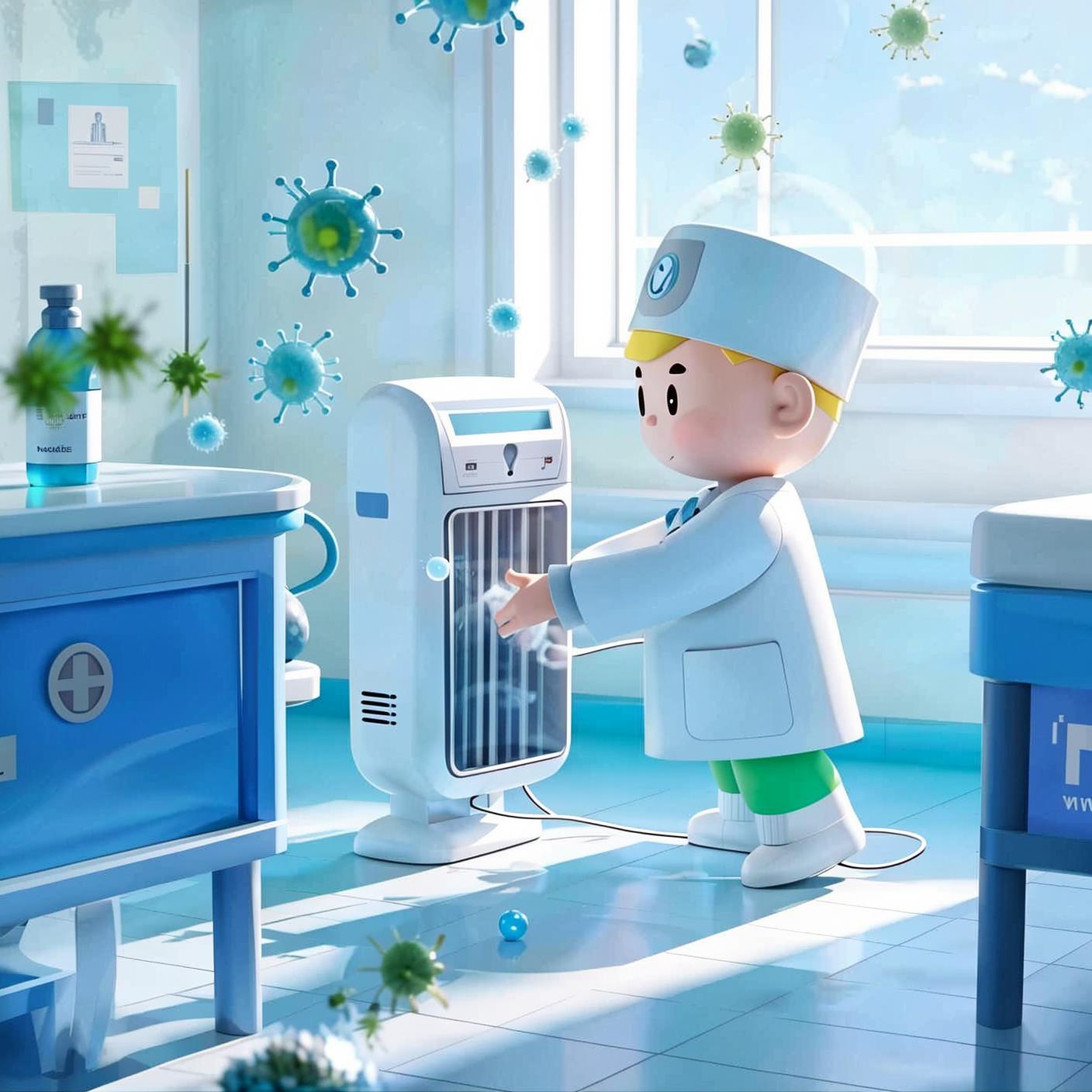
Ⅲ. Application scenario expansion: from hospitals to daily life
1. Medical and public places
In places with strict requirements on air quality, such as hospital operating rooms and laboratories, the annual market size of high-end medical disinfection machines is expected to reach US$12 billion in 2025, and major manufacturers include STERIS, Panasonic, etc.
2. Home and office environment
The home market is growing rapidly, and Asia has become the core growth pole due to air pollution problems. Deerma DEM-VC200 and other affordable models occupy the market share with high cost performance, covering 300-600 square feet of space to meet the needs of small apartments.
3. Emerging fields: elevators and public transportation
The elevator-specific disinfection machine (TJHQ series) developed by a company in Zhejiang, China, achieves synchronous purification by integrating the air conditioning system to solve the problem of air circulation in confined spaces.
IV. Market trends and brand competitiveness
Market size and regional differences
Global data: The pure dynamic air disinfection machine market is expected to exceed US$100 billion in 2025, with an annual compound growth rate of more than 15%.
China region: East China and North China occupy the main market share due to concentrated medical resources and developed economy; the western region is still in the development stage due to low demand.
V. Future outlook: integration of green and smart
With the development of the Internet of Things (IoT) and AI technology, air disinfectors will be more deeply integrated into smart home systems. For example, the whole house environment can be automatically adjusted by linking temperature and humidity sensors. In addition, the application of green energy-saving technologies (such as solar power supply) and degradable filter materials will promote the industry's transformation to sustainable development.
Act now and invest in your health
Whether it is to respond to sudden public health events or to improve daily air quality, air sterilizers are a wise choice for modern life. Choose an authoritative brand, embrace technological innovation, and make every breath full of peace of mind and vitality. Dongguan Lianda has been focusing on air sterilizers for more than 20 years, and we warmly welcome you to consult and negotiate.
